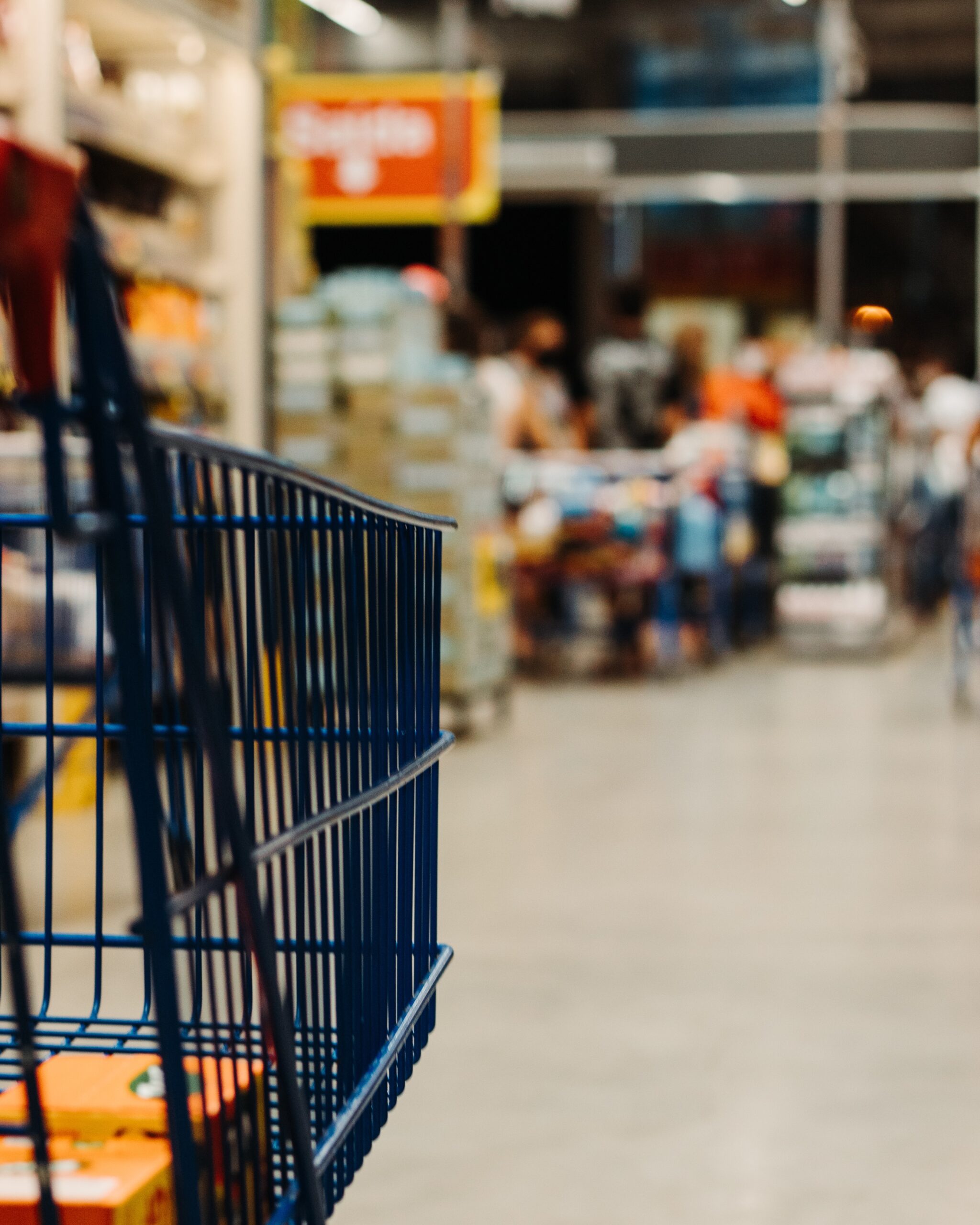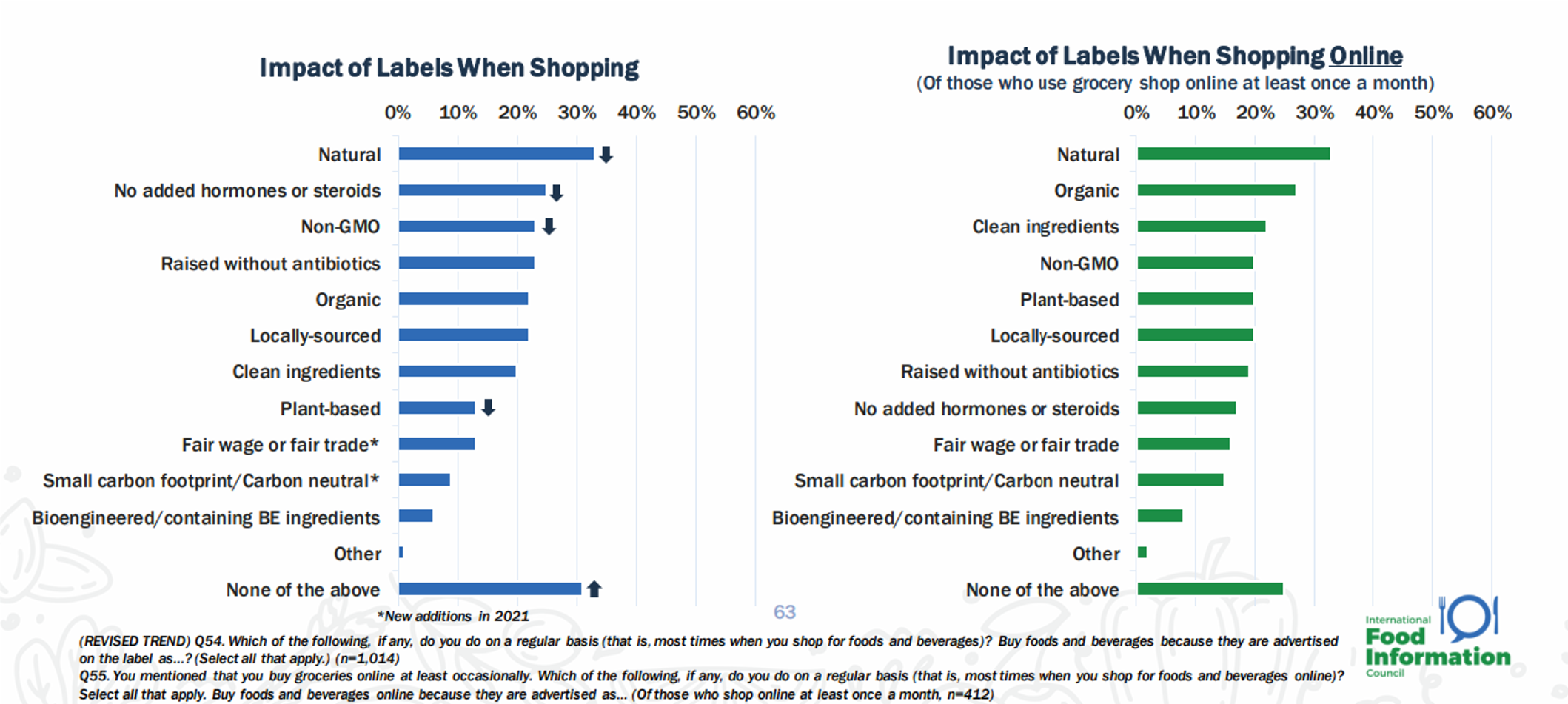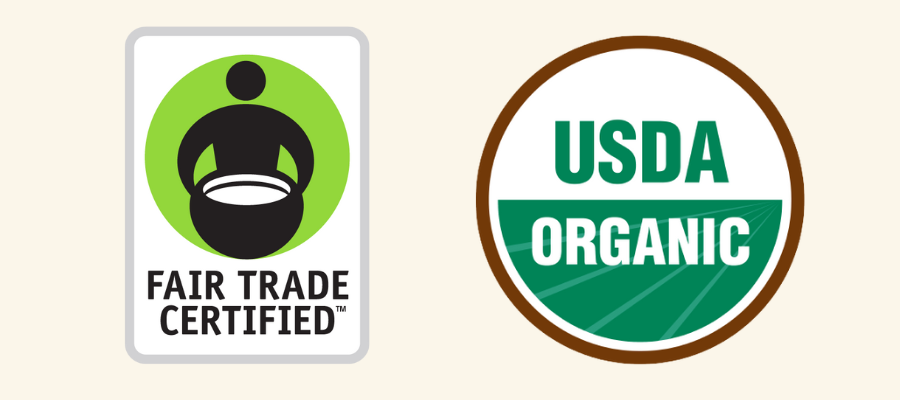As more brands and retailers prioritize sustainability and commit to reaching net-zero goals, there is much for internal stakeholders to consider. Once the significant work of identifying areas for improvement, creating specific and quantifiable goals, and measuring outcomes has been laid out, it may seem like the most important sustainability hurdle has already been handled. But the reality is that unless you can communicate all of that hard work to the consumer, much of that work may not translate to sales results.
According to a recent study, 55% of consumers are more likely to purchase a packaged food item that is labeled with a sustainability claim. Millennials and Gen Z, who are quickly becoming the largest buyers in the market, are demanding sustainability and transparency from their products. Companies that can deliver on those demands are going to see increased revenue and loyalty from these powerful demographics.

If you’re a food brand or CPG you’re most likely also focused on what purchasers at retailers are seeking out. Retailers have ESG goals too, (according to the Food Marketing Institute, more than half of grocery retailers surveyed said they have quantified goals in place for responsible sourcing, up from 49% the year before), and they answer to both shareholders and consumers who are insisting upon substantial improvements in environmental and social impact. Analysis by McKinsey shows that sustainability can result in a 25-30 percent improvement in top lines, margins, and costs for retailers.
Retailers’ owned GHG emissions (Scope 1 & 2 emissions) are relatively small compared to the emissions associated with their value system (Scope 3 emissions), and less than 20% of retailers say they are on track to meet their scope 3 carbon emissions targets. These emissions are entirely controlled by the products and ingredients themselves, most of which occur before they’ve even left the farm-gate. That means that retailers are reliant on the products that they carry in order to meet their sustainability goals.
So how can you as a brand communicate all of your product’s ESG accomplishments in the most effective way to retailers and consumers?
Sustainability Attributes
These are likely the on-pack claims consumers are most familiar with. Born out of nutrition-based claims such as “Gluten-Free” or “Low-Fat”, sustainability attributes can showcase the achievements of your product like “Climate Friendly”, or “Clean Label”.
These provide consumers with a quick and uncomplicated look at your product’s sustainability accomplishments. Shoppers are seeking this kind of sustainability information more than ever in store and online (Figure 1). Yet, 84% of food products fail to claim at least one of their three most-searched attributes.

Figure 1
Impact and carbon labeling
If your brand has plenty of resources to invest and you want to take sustainability attributes a step further, you may want to consider on-pack impact labels. The Chipotle Real Foodprint is one example of a company going above and beyond to communicate sustainability to their consumers in real time through their app.

Carbon labels are also becoming more common as a way to measure your product’s GHG impact. Carbon footprint is widely recognized by consumers and is a quantifiable metric of your company’s sustainability impact. It’s important to note that contextualization is critical to help the consumer grasp an otherwise scientifically dense concept (kg of CO2 equivalent isn’t exactly easy to understand right off the bat).
Labels that only provide raw information were found to be the “least accessible” for consumers and were associated with lower consumer selection. Presenting GHG emissions information or claims using a combined logo and text format was the most effective approach for information and claims.
Eco-labels and third-party certifications
Eco-labels allow for more nuance by showing where your product falls on a scale of sustainability impact. The EcoScore (Figure 2) and NutriScore becoming commonplace in European markets are examples of this type of visual scale. This is particularly valuable when your product achieves several sustainability attributes and you want to demonstrate how well your product does on a scale of impact.

Figure 2
A systematic review of the effect of sustainability labels on consumer purchasing behavior found that the “most accessible” format for consumers is a combination of a standardized color scale at the attribute level and a total environmental friendliness score at the product level. The review also found that making an ecolabel more accessible by providing a “total score” and color-coding increased its effectiveness and that the “most accessible” were most likely to be purchased.
Finally, third-party certifiers such as USDA Certified Organic and Fair Trade are associated with strong consumer recognition and trust. Studies found that there is greater effectiveness of an ecolabel that is backed by a third-party certifier and that consumers are more likely to trust an ecolabel that is backed by government and environmental NGOs.
These certifiers are able to compile many attributes and impacts, as well as equating a trusted name with your brand.

Logos from left: Fair Trade Certified and USDA Certified Organic
Above all else, when choosing the best communication strategy for your brand you must back claims with concrete data and research. Consumers have little patience for greenwashing and Millenials and Gen Z are particularly good at rooting out false claims.
Questions to consider when choosing a sustainability claim strategy for your brand:
- How much investment is your brand able to dedicate to this project?
- How does your brand stand out when it comes to sustainability?
- What’s your starting point?
- How are your competitors communicating their sustainability wins? Do you want to compare yourself to competitors and the industry?
- What sustainability commitments have you made?
On-pack sustainability communications will become more common as brands and retailers compete for consumer’s attention and loyalty in the social and environmental impact space. Taking the time to consider which strategy is best for your brand can make you more appealing to environmentally conscious consumers as well as retailers looking to shore up competitive advantage.







